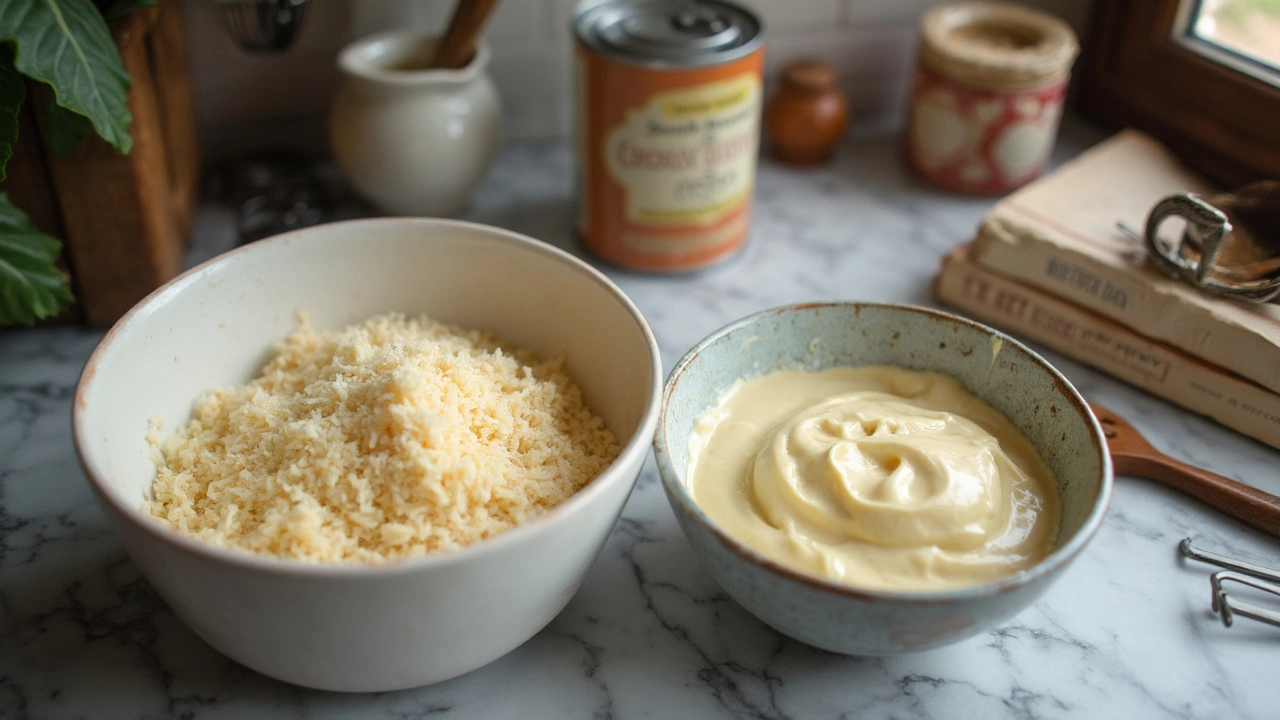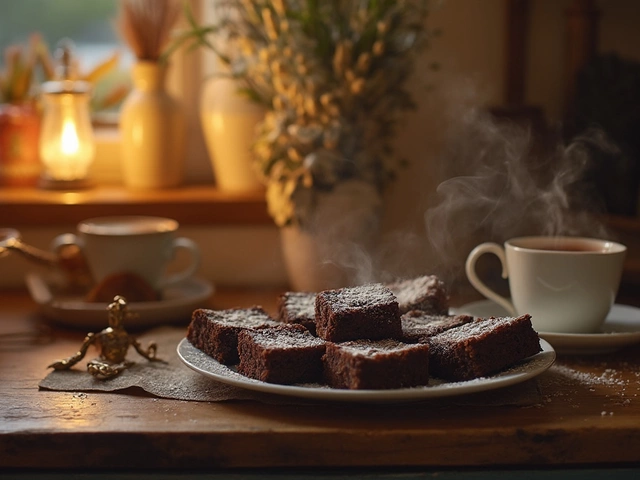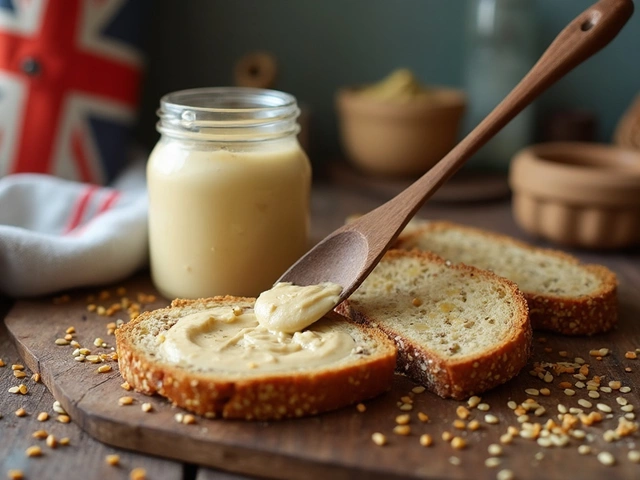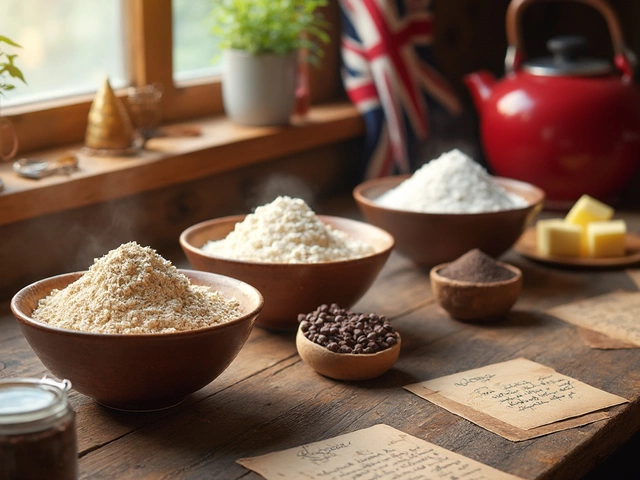Fudge: Easy Recipes, Rescue Tips & Storage Tricks
If you love that sweet, melt‑in‑your‑mouth chocolate fudge but sometimes end up with a grainy or run‑ny batch, you’re not alone. Fudge can seem finicky, yet with a few simple rules you can nail the perfect texture every time. Below you’ll get a fool‑proof recipe, quick fixes for common mishaps, and the best way to store your fudge so it stays soft and tasty for days.
Step‑by‑Step Fudge Recipe
Start with these basics: 2 cups of semisweet chocolate chips, 1 cup of sweetened condensed milk, 2 tbsp of butter, and a pinch of salt. Use a medium saucepan over low heat, melt the butter first, then stir in the condensed milk. Keep the mixture just below a gentle boil—about 5 minutes—while stirring constantly. When it thickens and you can see the bottom of the pan for a second, remove it from the heat and add the chocolate chips. Stir until the chips melt completely and the mixture looks glossy.
Spread the fudge into a greased 8×8 inch pan, tap it lightly to release air bubbles, and let it cool at room temperature. Once firm, cut into bite‑size squares. This method gives you a classic, glossy fudge that’s both fudgy and slightly firm—ideal for gifting or a quick snack.
Saving a Batch That Went Wrong
Grainy fudge usually means the sugar crystals re‑formed during cooling. To rescue it, gently re‑heat the mixture over low heat and add a splash of heavy cream or a extra tablespoon of butter. Keep stirring until it smooths out, then pour it back into the pan and let it set again. If the fudge is too soft, you probably over‑cooked it; let the mixture cool a bit longer before pouring, or add a teaspoon of cornstarch mixed with cold water to thicken.
Don’t toss a failed batch—reuse it! Crumble soft fudge into a bowl, mix with melted chocolate, and press into a pan for fudge brownies. Or roll small pieces into balls, dip them in melted chocolate, and sprinkle with crushed nuts for quick truffles. These repurposed treats taste great and save you from waste.
Store your fudge in an airtight container at room temperature for up to a week. If you live in a hot, humid climate, pop the container in the fridge; the fudge will stay firm and won’t develop a sticky surface. For longer storage, wrap individual squares in parchment paper and freeze them—just thaw at room temperature before serving.
Now you have everything you need to make perfect fudge, fix a flop, and keep it fresh. Try the recipe, experiment with flavors like espresso or caramel, and turn any mishap into a new dessert idea. Happy fudging!









